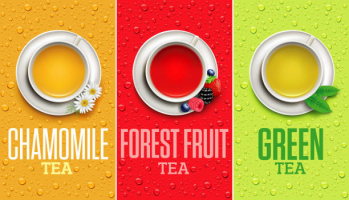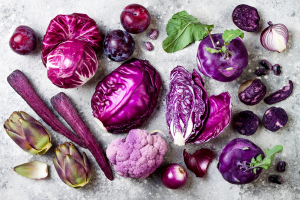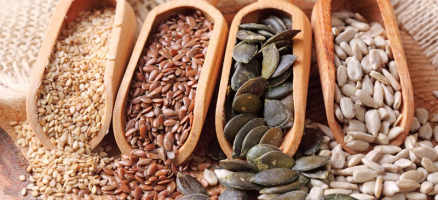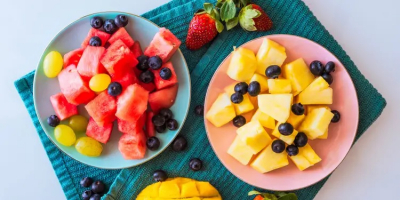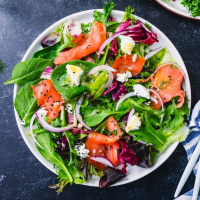Top 10 Healthy Beans and Legumes You Should Try
Beans and legumes have a number of health benefits. Eating more of them may help lower cholesterol, decrease blood sugar, and increase healthy bacteria in the ... read more...stomach. Here are some of the healthiest beans and legumes to eat!
-
Chickpeas, often known as garbanzo beans, are high-fiber, high-protein beans. Chickpeas have been shown in numerous scientific studies to have a number of health benefits.
When compared to other high-carb foods, chickpeas are especially beneficial for reducing post-meal blood sugar and increasing insulin sensitivity. In a small study, having a low-sugar snack with hummus led to a 5% reduction in afternoon blood sugar levels when compared to eating high-sugar granola bars. Eating chickpeas and other legumes, which are high in fiber and other plant compounds, may help improve gut bacteria composition. In mice, eating a chickpea-supplemented diet altered the structure of the gut microbiota in a way that promoted its health-promoting properties and strengthened the gut barrier, according to research. Chickpeas may also help protect against gut-related diseases, according to these results.
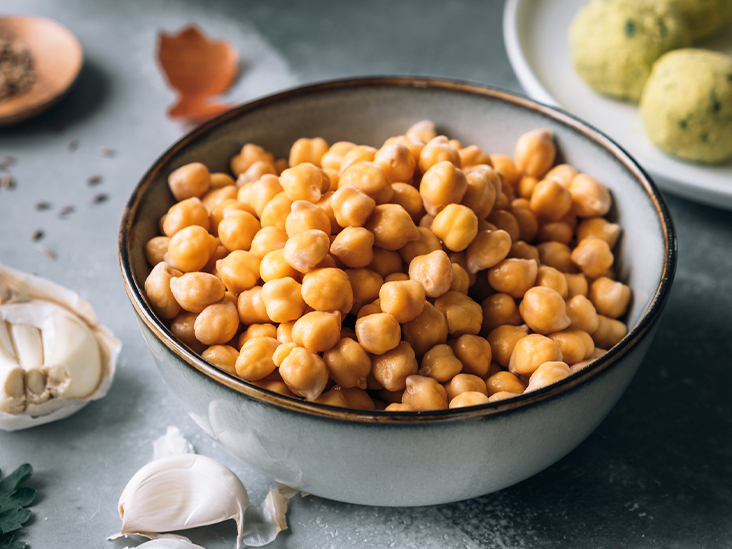
Chickpeas 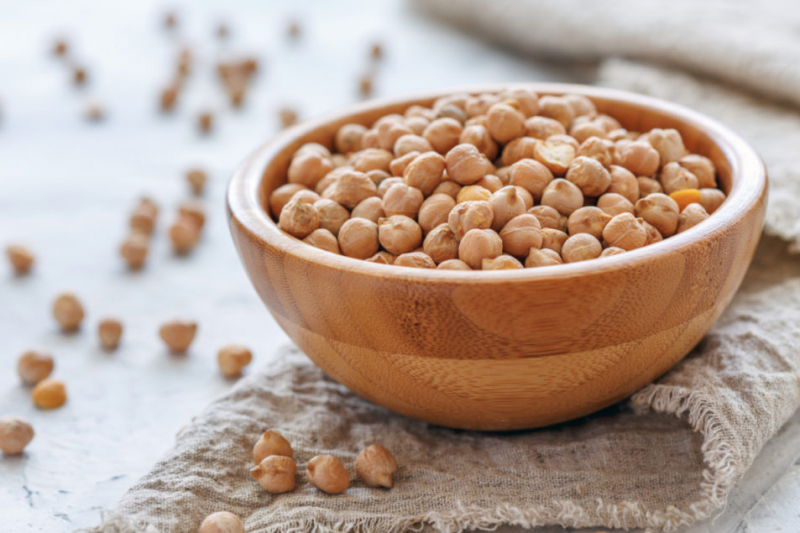
Chickpeas -
Lentils are a great vegetarian protein source that can be used in soups and stews. Lentils are one of the legumes with the highest iron content. Iron is a trace mineral required by your body for the production of hemoglobin, a blood protein that transports oxygen.
Including lentils in meals to increase iron intake may be especially beneficial for vegans and vegetarians, who may be more prone to iron deficiency anemia. Lentils, like chickpeas, can help lower blood sugar levels. In one research involving 48 healthy people, replacing half of the carbs in a meal with carbs from cooked lentils resulted in substantial reductions in post-meal blood sugars as compared to eating rice or potatoes alone. Another research of over 3,000 people discovered that those who ate the most lentils and other legumes had the lowest diabetes rates.
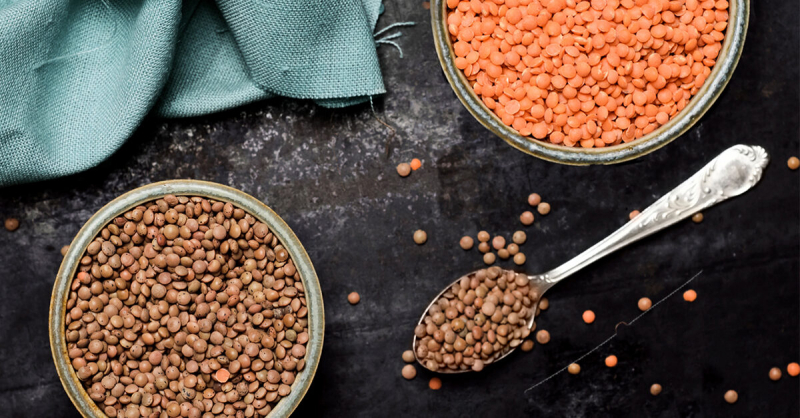
Lentils 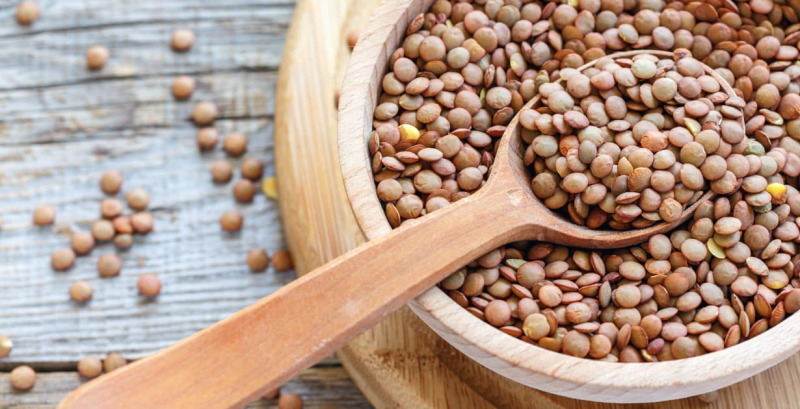
Lentils -
Peas are a type of legume as well. Peas' high-quality protein, fiber, micronutrients, and antioxidant properties help to support good gut bacteria and maintain healthy blood sugar levels.
Vitamin K, a fat-soluble vitamin important for proper blood clotting and bone health, is high in peas. They're also a good source of protein. Pea protein, which is commonly added to foods or used as a supplement, has been found to offer health benefits in several studies. In a 12-week trial involving 120 men who did weight training, researchers discovered that taking 50 grams of pea protein per day resulted in increased muscle thickness when compared to a placebo. Muscle gains also associated with pea protein were comparable to those from whey protein.
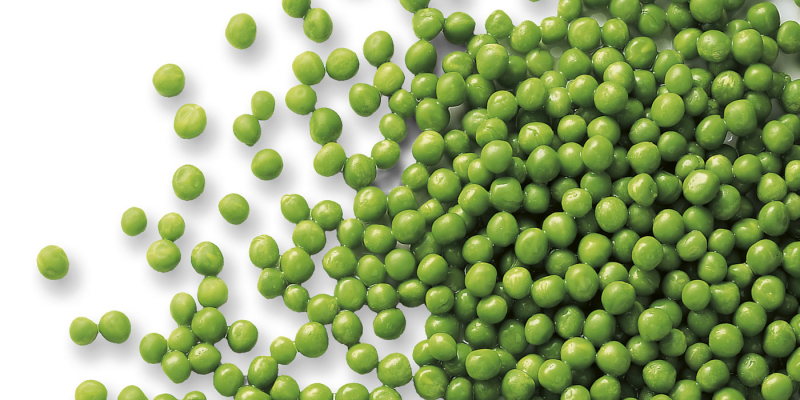
Peas 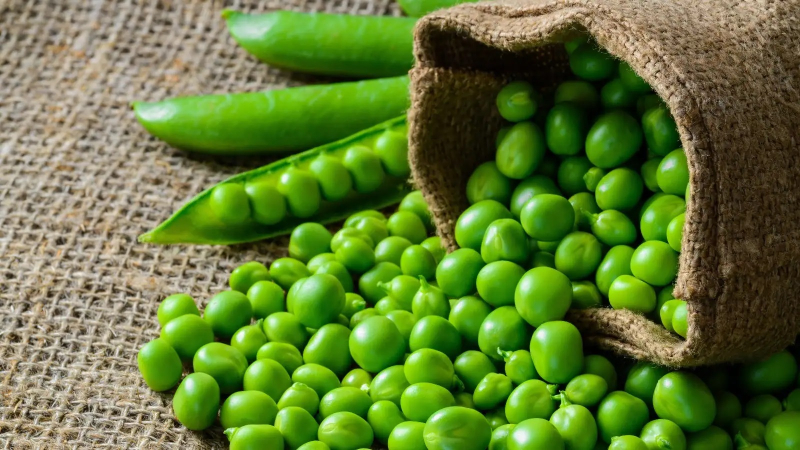
Peas -
Kidney beans are one of the healthiest types of beans to eat as a source of protein, having slightly less fat and saturated fat than other bean varieties but comparable fiber and protein.
Fiber-rich foods, such as kidney beans, can help decrease sugar absorption into the blood and so lower blood sugar levels. Kidney beans may also help to lower heart disease risk factors such as high blood pressure. When healthy people ate 3/4 cup (133 grams) of red kidney beans, their blood pressure was much lower two hours later than when they ate the same quantity of rice. Last but not least, kidney beans are high in folate(vitamin B-9), which is an especially important nutrient during pregnancy.
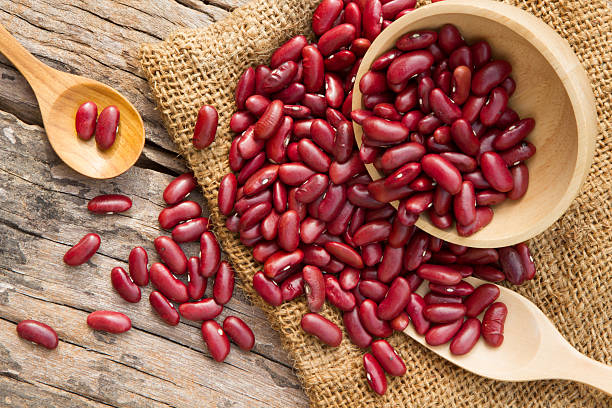
Kidney beans 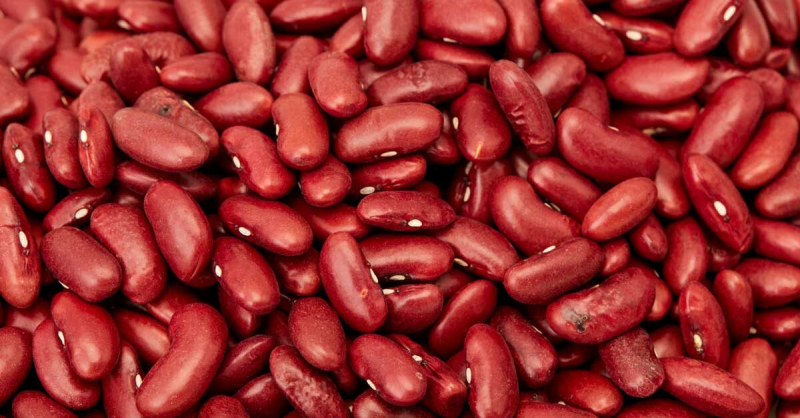
Kidney beans -
Black beans, like many other beans, are high in fiber, protein, and folate. In Central and South America, they are a staple diet. The antioxidants, fiber, protein, and carbohydrates in black beans make them nutritionally powerful.
Black beans, in addition to being high in nutrients, have been shown to have a beneficial effect on gut bacteria. Eating black beans increased a cluster of bacteria in the stomach, which may lead to improved insulin sensitivity, according to one rat research. However, the further human study is needed to see if those effects are the same for people. Because black beans have a lower glycemic index than many other high-carbohydrate foods, they may help with blood sugar management. This means they have a lower blood sugar rise after a meal.
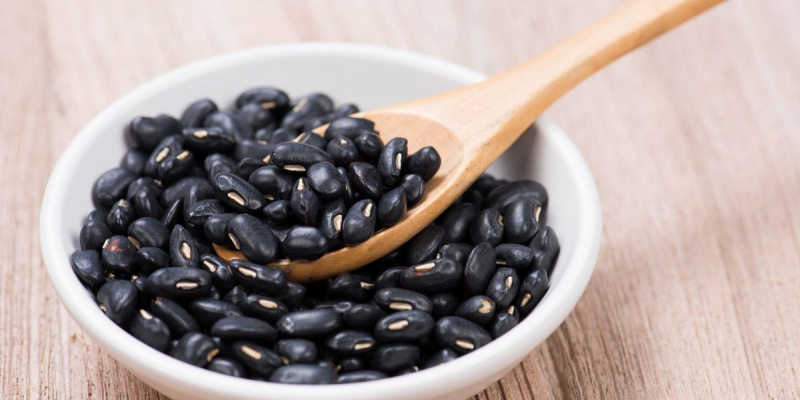
Black beans 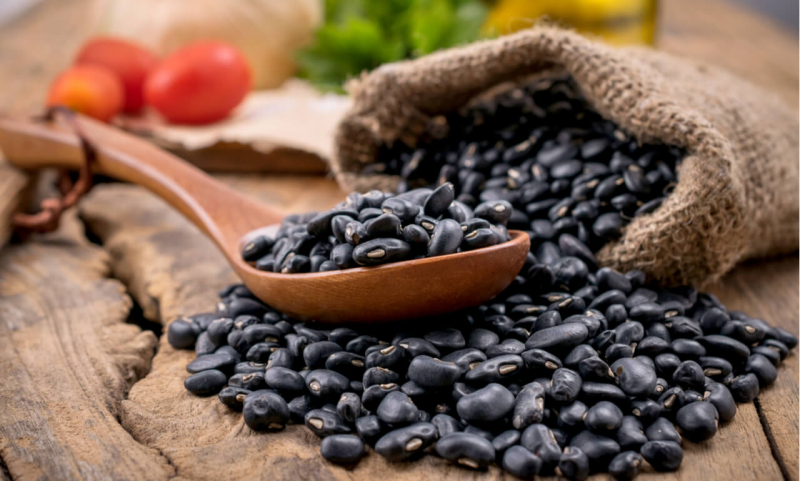
Black beans -
In Asia, soybeans are commonly consumed in a variety of forms, including tofu. They have a wide range of health benefits. In addition to these nutrients, soybeans are high in isoflavones, antioxidants that are responsible for many of their health benefits.
Intake of soybeans and their isoflavones appears to be linked to a lower risk of cancer, according to a number of studies. Eating a lot of soybeans was linked to a 15% decreased risk of stomach and other gastrointestinal cancers, according to a large study that included the results of 21 other studies. Soybeans' effectiveness appears to be more important in women. Many of these benefits may be due to the fact that soy isoflavones are phytoestrogens. Isoflavone supplements may help minimize hot flashes and prevent bone mineral density loss during menopause, according to research. Consumption of dietary isoflavones from soy may also lessen the risk of heart disease in women.
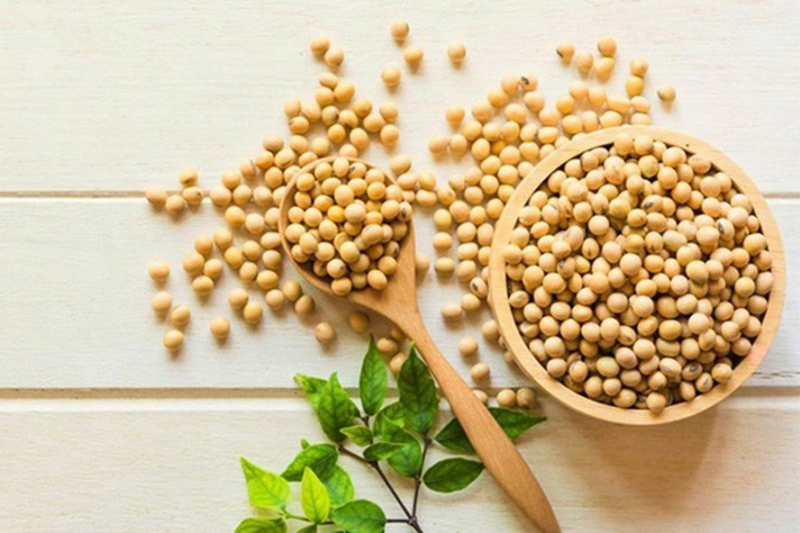
Soybeans 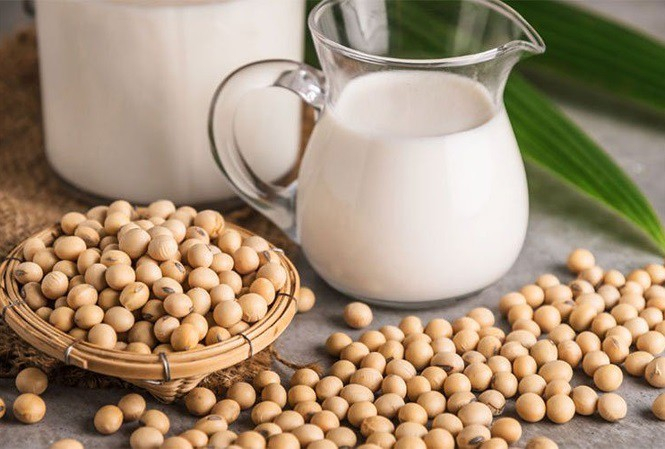
Soybeans -
In Mexico, pinto beans are widely used, they're frequently eaten whole or mashed and fried. Pinto beans are high in vitamins and minerals, and they may also have a number of health benefits.
Pinto beans are high in dietary fiber, which has been linked to better blood sugar regulation and gut health. They are high in polyphenols and flavonoids, which are powerful antioxidants. Antioxidants protect your cells from free radical damage, which is caused by unstable molecules that can lead to disease over time. Pinto beans are very high in kaempferol, a flavonoid that has been linked to a variety of health benefits. Many animal and test-tube studies have linked it to cancer growth inhibition.
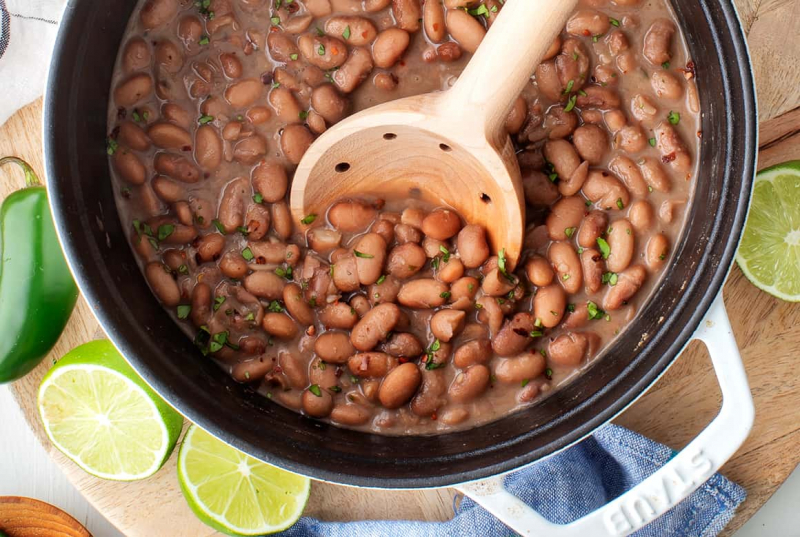
Pinto beans 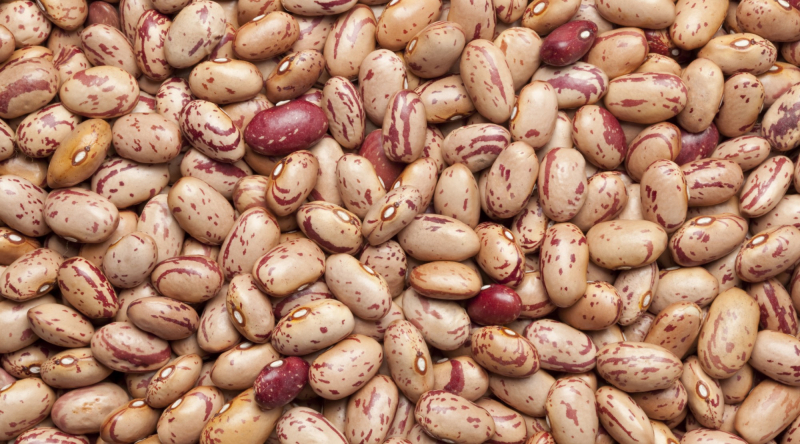
Pinto beans -
Navy beans, also known as haricot beans, are nutrient-dense food linked to a balanced diet. They're a great supplement to vegetarian and vegan diets, as well as for people who prefer to eat more plant-based foods.
Because of their high fiber content, navy beans appear to help lessen symptoms of metabolic syndrome. In one study of 38 children with high blood cholesterol, those who ate a muffin or smoothie with 17.5 grams of navy bean powder every day for four weeks had greater levels of healthy HDL cholesterol than those in the control group. Adults have had similar effects. In a small study of 14 overweight or obese people, consuming 5 cups (910 grams) of navy beans each week for four weeks lowered waist circumference and total and LDL cholesterol levels in men.
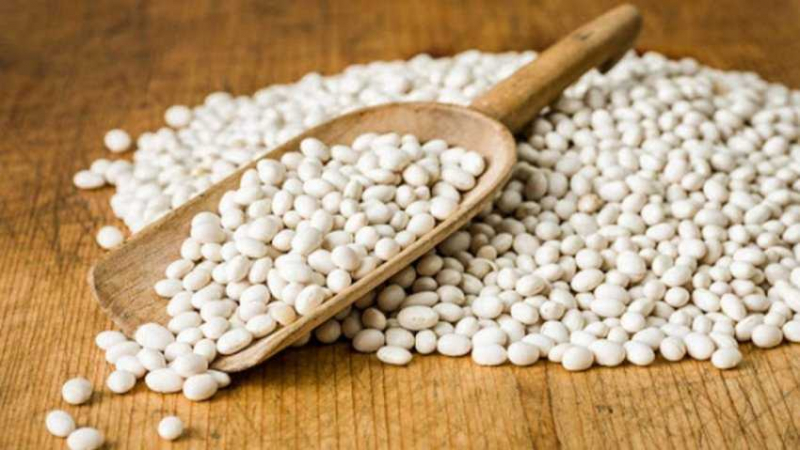
Navy beans 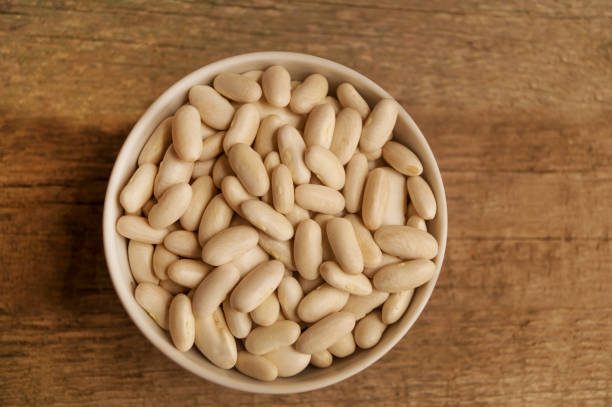
Navy beans -
Peanuts are high in monounsaturated and polyunsaturated fats, as well as protein and B vitamins. Peanuts can provide a lot of health benefits due to their high monounsaturated fat content, especially if they are used to replace other food in the diet.
Eating peanuts has been linked to a decreased risk of death from a variety of causes, including heart disease, stroke, cancer, and diabetes, according to some large observational studies. Other research has looked into the impact of peanut intake on blood lipid levels and heart health. A short research of 15 overweight or obese men found that eating a meal containing 3 ounces (85 grams) of peanuts resulted in a lower increase in blood triglyceride levels 2 and 4 hours after eating than a control meal.
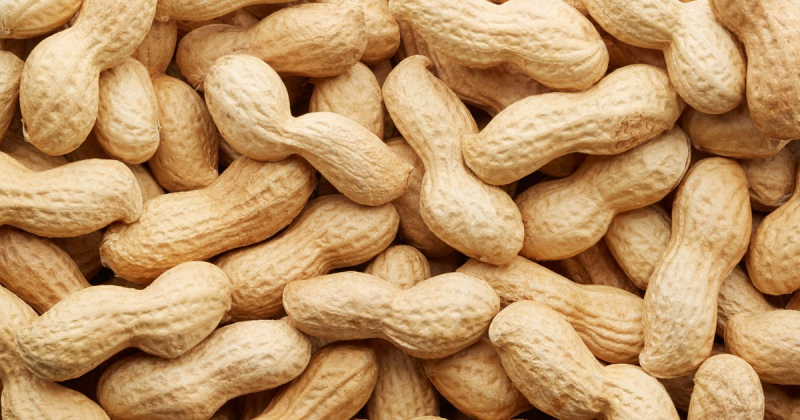
Peanuts 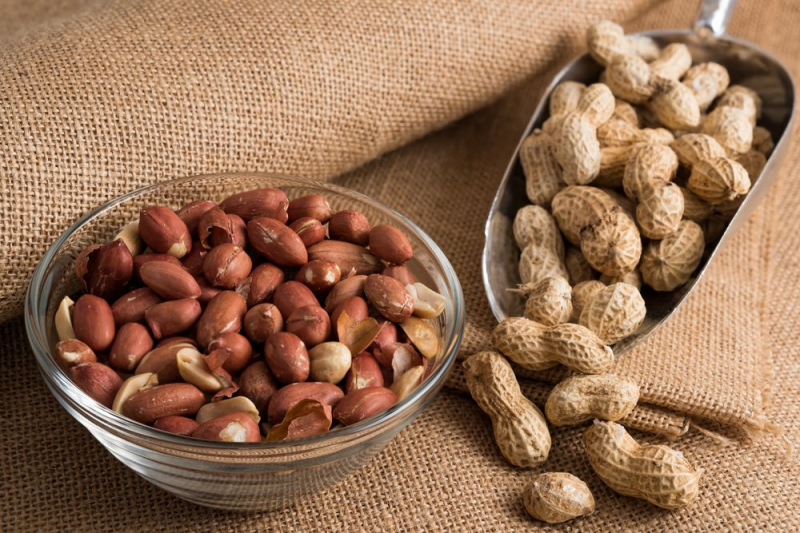
Peanuts -
Lima beans are a type of legume that is known for their buttery texture and is considered to have originated in Peru. In the United States, they are most commonly associated with succotash, a traditional Native American corn dish.
Beans are packed with protein, fiber, and other nutrients, making them a superfood. Lima beans are an especially good source of iron. One cup of lima beans provides about one-quarter of your daily iron requirement. Lima beans are also high in molybdenum, folate, vitamin B, manganese, copper, potassium, iron, and tryptophan, in addition to fiber. Tryptophan is a rare essential amino acid found only in a few plant sources. Copper is required for immune system function as well as enzyme production.
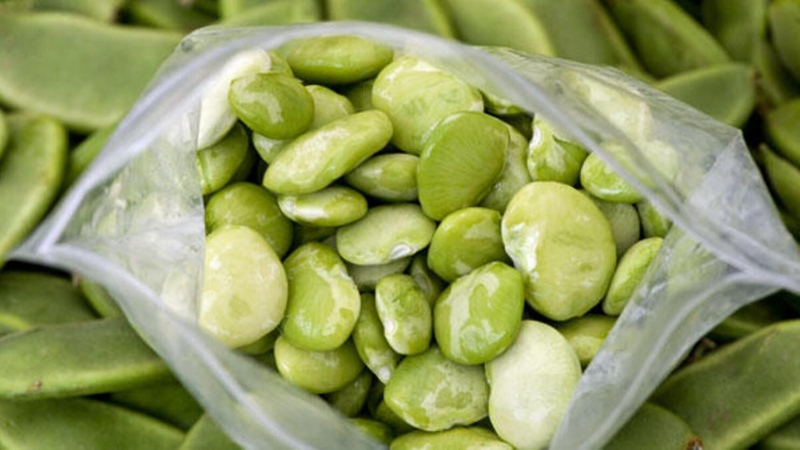
Lima beans 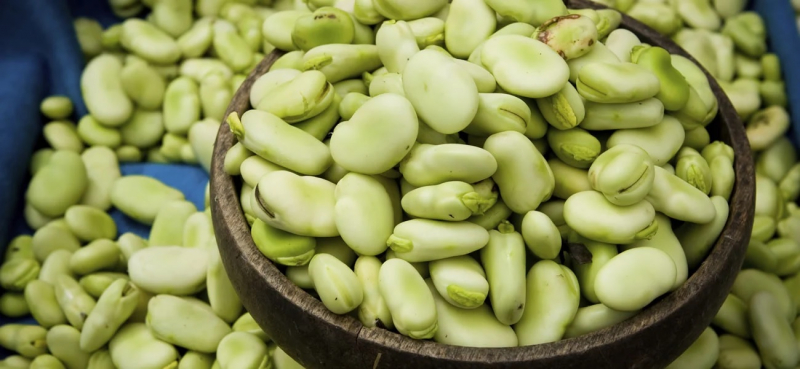
Lima beans












